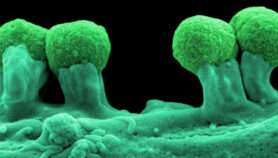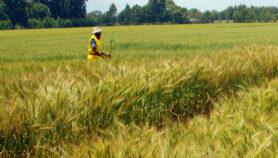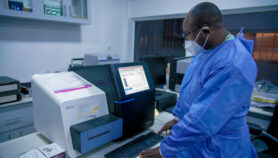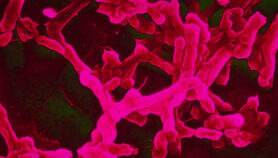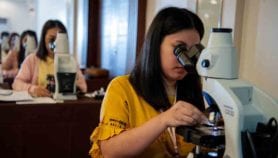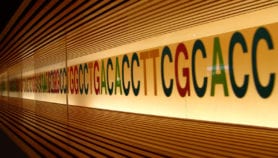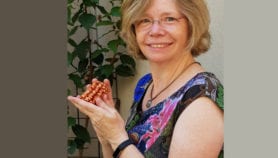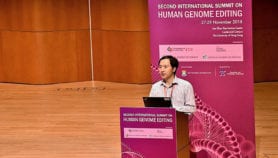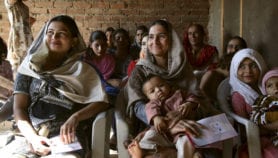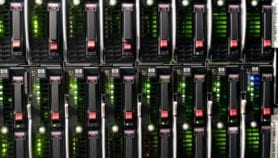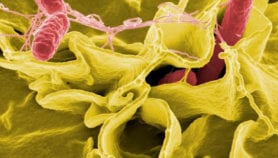By: Eva Aguilar
Send to a friend
The details you provide on this page will not be used to send unsolicited email, and will not be sold to a 3rd party. See privacy policy.
Researchers have found a DNA barcode for fungi — a standard region of DNA that distinguishes species — which they say could lead to treatments for diseases caused by fungal infections and mould.
DNA barcoding is already established in animals, and a potential universal barcode for flowering plants was identified three years ago. But these barcode regions are not applicable to fungi. Scientists have been working on candidates for two years and will present their findings at the fourth International Barcode of Life conference in Australia, this week (3 December).
Fungi are a source of food and antibiotics, but also cause many ailments, such as invasive aspergillosis, caused by fungi of the genus Aspergillus and an important cause of mortality in developing countries. Experts believe that DNA-based taxonomy will lead to a better understanding of their diversity and help to improve treatments.
According to Jesse Ausubel, director of the human environment programme at The Rockefeller University, United States, and chair of the International Barcode of Life project, knowing the DNA barcode region for fungi will also help create an accurate environmental profile of organisms when measuring the quality of water.
The fungi barcode region is one of many new uses of DNA barcode technology presented at the conference.
The technique can also be used for biodiversity mapping and to identify species of tsetse fly, mosquitoes and ticks. Countries are building libraries of DNA barcodes to identify these species to map areas at risk of diseases such as sleeping sickness, malaria and leishmaniasis. Others are building libraries for plant species with potential medicinal value, to quickly identify fraud within the herbal industry.
Another novel use of the technique is the identification of agricultural pests such as bacteria and fruit flies at national borders. "Pests are a big problem and hard to identify," said Ausubel. "Only a few experts can tell them apart but sometimes they won’t have a full insect, just a squashed bug; but even from that we can get DNA."
In recent years, some developing countries showed reluctance to take up DNA barcode technology, saying that sending samples abroad for barcoding may result in biopiracy.
Ausubel said countries are starting to overcome these fears and participation in the barcode movement by nations from Africa and South America has been "excellent".
In the last year, he added, there has been an increase in capacity in Kenya and China, while researchers from Bolivia have participated for the first time in an expedition to collect specimens to build libraries.
Ausubel admitted that the US$5,000 or so needed for a basic laboratory for DNA barcoding is still "a lot of money for a researcher in Botswana, but there are a lot of laboratories and institutes in developing countries that can afford it now".
"Overall, this is an affordable kind of science," he concluded. "You don’t need a million dollars to become a player in this game."


